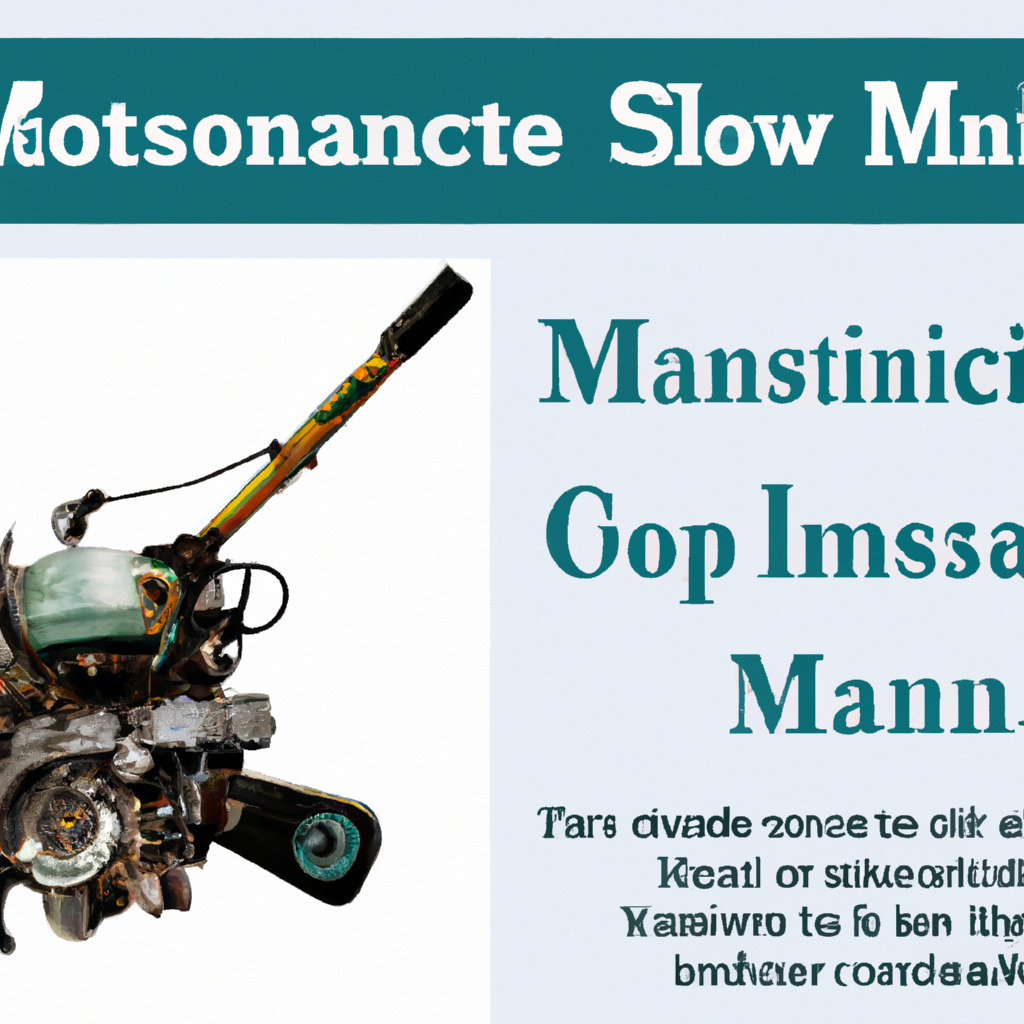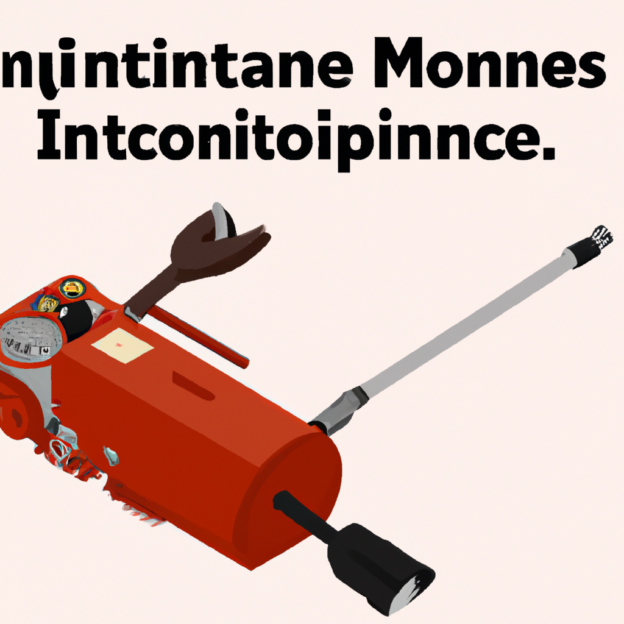So, you’ve found yourself in a bit of a sticky situation with your snowblower. The ignition coil has gone awry and now you’re stuck with a machine that won’t start. But fear not, because in this article, we’re going to walk you through the process of replacing that pesky ignition coil. Whether you’re a seasoned handyman or a novice when it comes to snowblowers, we’ve got you covered. By the end of this, you’ll be equipped with all the knowledge you need to get your snowblower up and running again.

Preparing for Replacement
Before you start replacing the ignition coil on your snowblower, it is important to gather all the necessary tools and materials. This will ensure that you have everything you need within reach, making the process smoother and more efficient. Some of the tools you may need include a wrench set, screwdrivers, and possibly a socket set. Additionally, you will need a replacement ignition coil that matches the specifications of your snowblower.
Once you have gathered all the necessary tools and materials, the first step is to turn off the snowblower and disconnect the spark plug. This is a crucial safety measure as it ensures that there is no power running through the machine while you work on it. By disconnecting the spark plug, you eliminate the risk of accidentally starting the snowblower during the replacement process.
The next step is to locate the ignition coil on your snowblower. This can usually be found close to the engine and is responsible for generating the electrical spark that ignites the fuel in the combustion chamber. Take a moment to locate the ignition coil and familiarize yourself with its position before proceeding to the next step.
Removing the Old Ignition Coil
To remove the old ignition coil, you may need to remove any protective covers or panels that are covering it. These covers are typically secured with screws or bolts, so use the appropriate tool to carefully remove them. Once the covers are removed, you will have clear access to the ignition coil.
Now, it’s time to disconnect the wires from the old ignition coil. These wires are usually connected to the coil using small connectors or screws. Carefully detach the wires by either unscrewing the connectors or removing the screws, taking note of the order in which the wires are connected.
With the wires disconnected, you can now unscrew and remove the mounting bolts that hold the old ignition coil in place. Keep track of these bolts as you will need them later when installing the new ignition coil.
Once the mounting bolts are removed, you can take out the old ignition coil from its position. Be gentle while removing it to avoid causing any damage to surrounding components. Set the old ignition coil aside, as it will need to be properly disposed of later.

Installing the New Ignition Coil
With the old ignition coil out of the way, it’s time to install the new one. Begin by positioning the new ignition coil in its designated place on the snowblower. Make sure the coil is aligned correctly and be careful not to force it into position.
Once the new ignition coil is properly positioned, secure it in place by tightening the mounting bolts. It is important to ensure that the coil is tightly secured, as any loose connections may lead to malfunction or poor performance.
Next, it’s time to connect the wires to the new ignition coil. Refer to the notes you made earlier when disconnecting the old ignition coil to correctly attach each wire to its respective connector or screw. Double-check that all the connections are secure and tight.
After the new ignition coil is securely in place and the wires are connected, you can now replace any protective covers or panels that were removed earlier. These covers help protect the ignition coil from debris and ensure its longevity and proper functioning.
Completing the Replacement Process
With the new ignition coil installed and all the wires connected, it is time to wrap up the replacement process. Reconnect the spark plug that was previously disconnected, ensuring it is securely attached. By reconnecting the spark plug, you are preparing the snowblower to be started and tested for functionality.
Before starting the snowblower, it is important to double-check all the connections and bolts you have worked with during the replacement process. Make sure that everything is tightened and in its proper place. This step ensures the safety and effectiveness of the ignition coil replacement.
Now, it’s time to test the snowblower’s functionality. Start the machine and observe how it runs. Pay attention to any unusual noises or behavior that may indicate a problem with the ignition coil installation. If everything seems to be running smoothly, congratulations! You have successfully replaced the ignition coil on your snowblower.
Tips and Precautions
When replacing the ignition coil on your snowblower, it is always helpful to refer to the snowblower’s manual for specific instructions. The manual may provide detailed steps and illustrations that are specific to your make and model of snowblower, ensuring a successful replacement.
It is crucial to ensure that the replacement ignition coil matches the specifications of your snowblower. Ignition coils come in different sizes, voltages, and configurations, so it is essential to choose one that is compatible with your snowblower’s engine.
If you are unsure about replacing the ignition coil yourself or if you encounter any difficulties during the process, consider seeking professional assistance. A trained technician will have the expertise and experience to safely and efficiently replace the ignition coil on your snowblower.
Lastly, it is important to dispose of the old ignition coil properly. Some local regulations may require specific disposal methods for electronic components. Check with your local waste management authorities or recycling facilities to ensure that you dispose of the old ignition coil in an environmentally responsible manner.
In conclusion, replacing the ignition coil on your snowblower may seem daunting at first, but by following these step-by-step instructions and taking the necessary precautions, you can successfully complete the process. Remember to gather all the necessary tools and materials, turn off the snowblower and disconnect the spark plug, remove the old ignition coil, install the new ignition coil, and double-check all connections and bolts. With proper preparation and care, you can ensure the continued functionality and performance of your snowblower.
